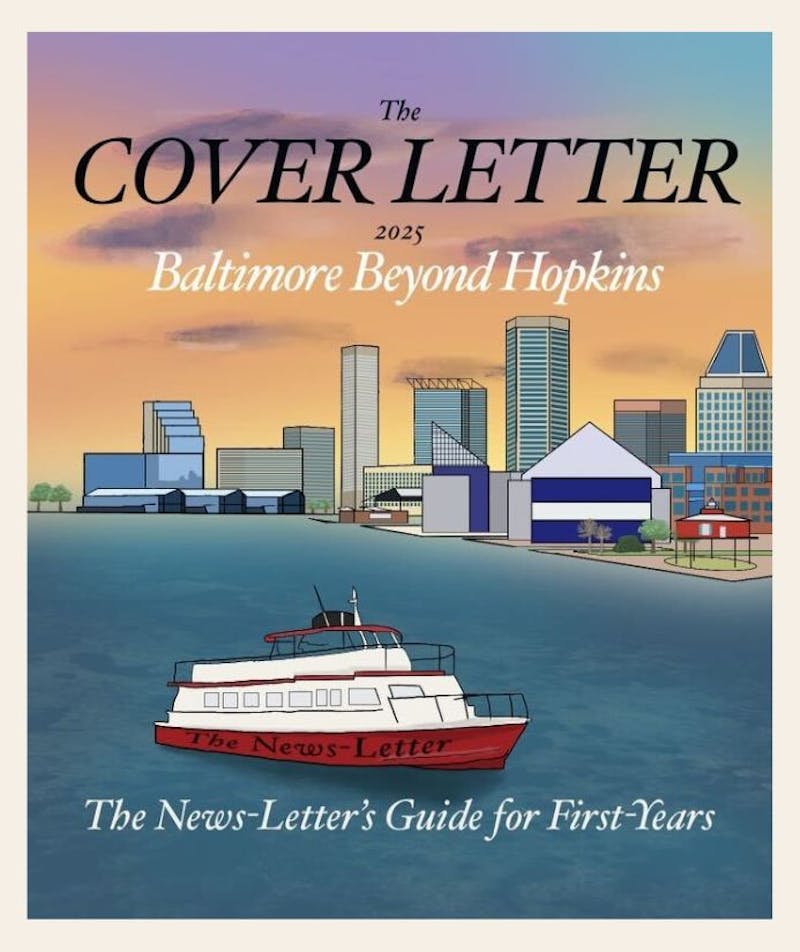Literary critic and Harvard professor Helen Vendler visited Hopkins as a part of the Percy Graeme Turnball Memorial Lecture series last Thursday. As the second speaker in the series this year, Vendler lectured on the work of Irish poet William Butler Yeats.
Writing Seminars poetry professor David Smith introduced Vendler, commenting that "the reason for criticism in the classroom and on the page is that it teaches us how to read."
Vendler lectured to a packed auditorium of around 150 people, most of whom were students. The lecture delved deeply into just one Yeats poem, "Nineteen Hundred and Nineteen."
Vendler began with a short background about Yeats's unique long sequence poems, which are composed of stanzas varying in both length and form.
"It's not easy to assemble heterogeneous poems and make them click together," Vendler said.
From the start of the talk, Vendler's lecture included references to Yeats's form, rhythm and rhyme scheme. She spoke in particular about ottava rima, an eight-line stanza of heroic verse that Yeats uses frequently in his poems.
According to Vendler, the Yeatsian model of irregular sequences influenced many future Irish poets. Each poem is both free-standing and linked to the other poems through parallel structure and a common theme.
"Form has ideological radiance for Yeats," Vendler said.
Vendler incorporated details about both the historical and political contexts of Yeats's six-part poem.
Despite the title, which dates the poem as having been written in 1919, "Nineteeen Hundred and Nineteen" was actually completed in 1921.
It is set during the 1921-22 civil war in Ireland, when the Irish rebelled against British rule.
According to Vendler, Yeats, who was an Irish Protestant, sympathized with Irish independence, but also to some degree with England, and was unable to find a clear reason for the two countries to stop fighting one another.
However, Vendler considered the "enigma of origin," rather than the events in Ireland, to be the true subject of the poem.
"Yeats was perplexed by the human potential for violence," said Vendler, who made frequent references to the debate about free will versus determinism.
According to Vendler, Yeats believed that humans were full of contradictions, and another major subject of the poem was the tendency of humans to constantly strive for goals and objects beyond their reach.
Vendler said that Yeats used Ireland as a microcosm for the presence of violence in all societies and made reference to other societies, such as ancient Greece and Palestine, where decapitation and sacrifice were the norm, to strengthen his argument.
"Poems are not exhausted by the events that haunt them," Vendler said.
Vendler added that the poem's theme can be compared to another, more famous Yeats poem entitled "Easter 1916," about the British leaders who executed Irish leaders of the Easter rising.
Vendler also compared the six sections of the poem to stations.
"You sit down and have something new happen. You don't stay at the same place during the poem," she said.
Vendler also expressed the belief that Yeats intended to show that violence in Ireland was a result of the eruption of unfulfilled sexual desire.
Furthermore, Vendler posited that Yeats believed one should admit his or her irrational impulses, both sexual and violent.
In addition to having published multiple books of literary criticism, Vendler has taught at Smith College, Swarthmore College, and Cornell University, among other institutions.
Vendler has been the A. Kingsley Porter Professor of English at Harvard for the past 20 years. For two decades, she was the poetry reviewer at the New Yorker. She has received three National Endowment for Humanities fellowships as well as a Guggenheim Fellowship. Her field of scholarship ranges from the 16th to the 21st century.


